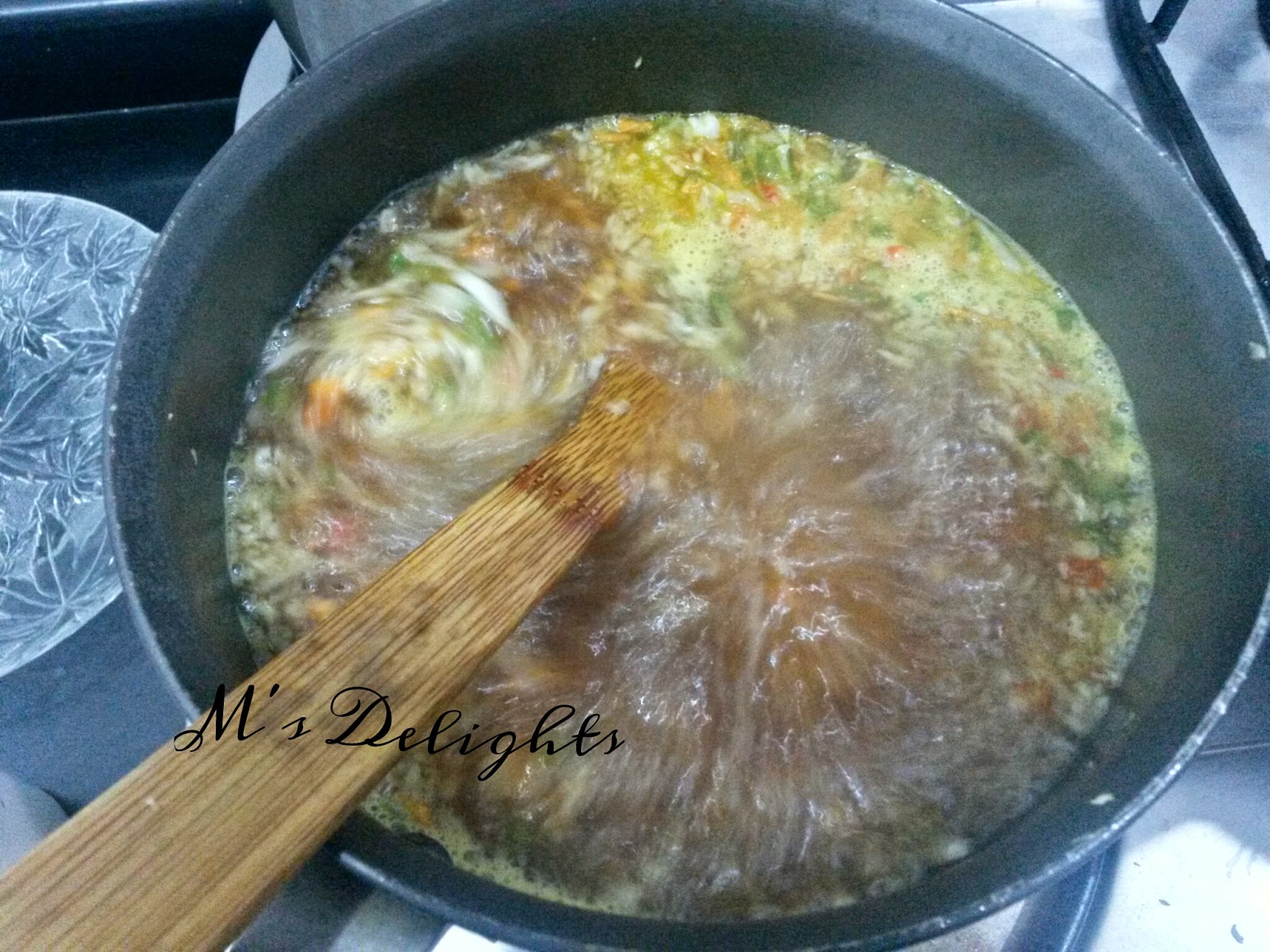I'm no expert baker, and am learning. Bread baking gets easy only when you are willing to attempt it. I have been persistent at my efforts in baking 100% whole wheat loaves, some hard, some dense, some brittle, some soft, have had them all. Flour doesn't go too well with me, hence I never tried a loaf with all flour. I kept trying different methods and it looks like I have nailed it this time.
This loaf definitely deserves a special mention of NO added gluten, half the yeast (of a standard recipe), and a slow rise. All three together! I was certainly prepared to risk it.
After a lot of reading on why whole wheat bread doesn't turn as soft and pillowy as plain flour bread, I understood that the wheat bran in the WWF cuts through the gluten not allowing it to develop.(This requires addition of Vital wheat Gluten in most WWF bread recipes) Also, the bran tends to absorb water, thus becoming softer, and making the dough dry. This made me conclude that I could use slightly more water, adding it in one teaspoon at a time and kneading as I do.
Adding salt at the last leg of the hand kneading stage helped me here. Had read that salt retards the growth of yeast, hence added it at the fag end. This gave an additional 20 minutes for the yeast to work on, in the dough. I also added curd, which must have been a factor in the bread rising well.
I did not use any thermometers for measuring any temperatures. Just followed my intuition.
Here is my recipe:
Ingredients
Whole wheat flour - 3 cups + 3 tbsp for dusting, if needed.
Active Dry Yeast - 1 tsp
Sugar - 2 Tbsp
Salt - 1 tsp
Curd - 2 Tbsp
Vegetable oil - 2 tbsp + 1 tsp for greasing
Water - 1 1/4 cups + 1 Tbsp + more for later
Procedure
- Heat water (1 1/4 C + 1 T) till lukewarm, just tolerably warm to touch on the back of your wrist or your little finger. Dissolve the sugar in it. Add the yeast, give it one quick stir and let it sit for 10 minutes, preferably covered with a bigger vessel. (gives better warmth for the yeast to activate)
- Be ready with the flour. I used my food processor for the first part of the kneading. Add the oil, curd and the water with proofed yeast, and knead well. Add water as you knead, as the bran absorbs water, so gradually add water in measures of tsps. The dough should have left the sides of the bowl and should be a like a ball. ( I have a small food processor, so I had to do this twice).
- Take it our on the counter top and get ready to knead by hand. If the dough got sticky by chance, in step 2, add a little flour, maybe one Tbsp and knead again. Once you start kneading, you will see it is soft and supple, but the bran inside is continuously absorbing water. So very carefully, add one tsp of water and knead well. Do this for about 8-10 minutes, till the dough is nice and pliable and very soft, but not sticky. The dough ball must hold its shape, and not stick to the counter or your hands. If it does, you could consider waiting for a minute or two, before attempting to work on it again.
- after about 6-7 minutes of kneading, add one tsp of Salt. Continue kneading.
- After 10 minutes of kneading, take the dough in your hands and shape it into a round loaf. See detailed pictures on this link - http://www.thekitchn.com/baking-technique-how-to-shape-66140
- Place this in the greased bowl and leave it in a dark spot for the first rise. Usually, a slow rise bread is refrigerated in its first rise, however, I did not do this.
- It would have doubled in size in six hours time. Take it out, punch it, knock it down to release any trapped air, shape it again, and leave it for another rise for about 45 minutes.
- After the second rise, take the dough, punch it, knock it, and shape it into a loaf, and place in the greased leaf pan. The third rise will take about one hour. To see how to shape it into a loaf, see this video from 1:23 http://www.kingarthurflour.com/videos/bread-101-basic-white-bread-shaping-and-baking-the-loaf
- Pre-heat the oven, brush the loaf top with milk. You could slash the top to ensure it doesn't rise non-uniformly while baking. Bake at 155 deg C for about 40 minutes, watching the top closely after the first 20 minutes. (All oven temperatures are different, hence this is not a standard, it's just what I used)
- Tap the pan sides to check whether the bread is done. A hollow sound means its done.
- Let the pan sit in the oven for about 5 minutes after its been switched off.
- Take the pan out of the oven and generously brush it with butter. Unmould after 5 minutes.
- Allow to cool completely. Slice and enjoy!

_Fotor.jpg)

_Fotor.jpg)
















.jpg)
.jpg)
.jpg)












